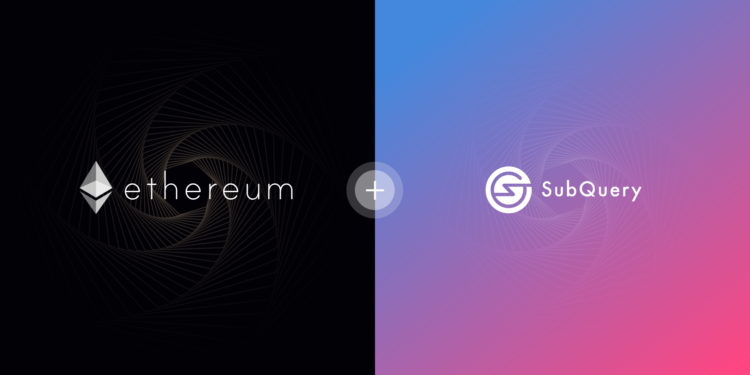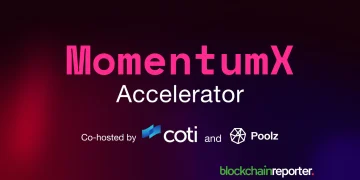With today’s introduction of beta support for Ethereum, the universal Web3 data indexing toolkit SubQuery makes a significant leap forward in its development. In spite of the fact that it is still in the beta phase, SubQuery has already demonstrated that it is more efficient than The Graph. This provides developers working on Ethereum with another decentralized option once the SubQuery Network is officially launched.
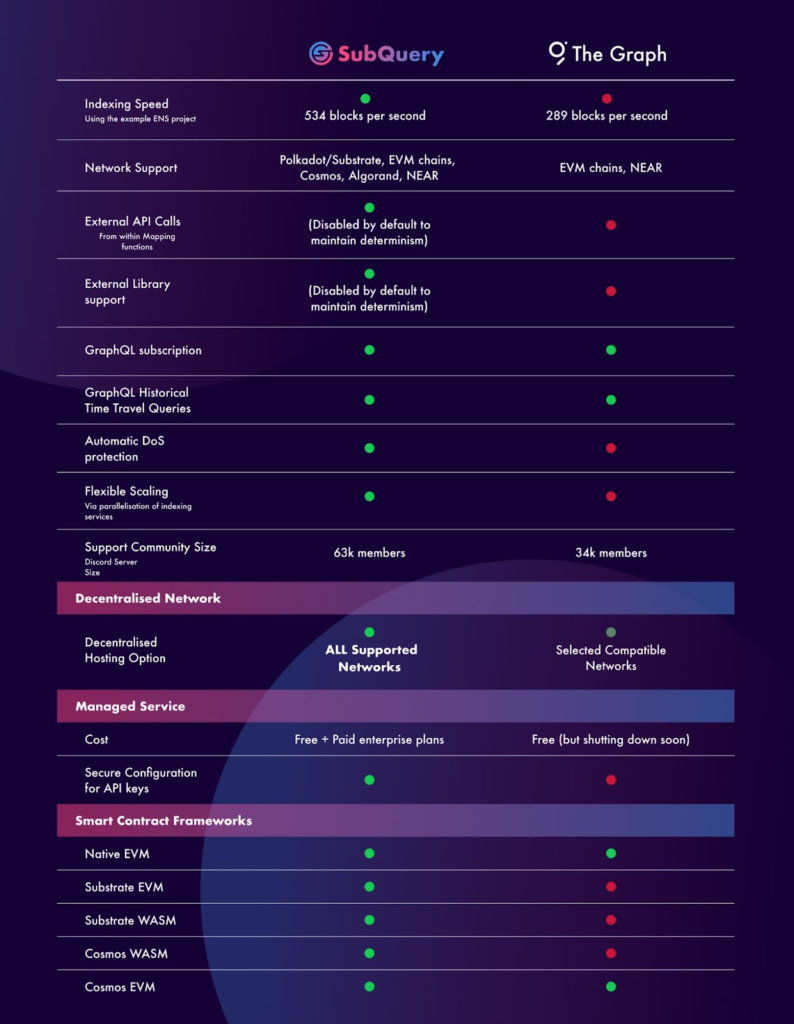
To put it simply, SubQuery is a blockchain developer toolkit that makes it possible for others to create Web3 applications of the future. A comprehensive application programming interface (API) for organizing and querying data from layer-1 chains is referred to as a SubQuery project. This data-as-a-service is currently servicing Polkadot, Substrate, Algorand, Cosmos, NEAR, Avalanche, and now Ethereum projects.
It enables developers to concentrate on their primary use case and frontend without having to waste time on building a custom backend for data processing. The SubQuery Network proposes to facilitate this same scalable and trustworthy solution but in a completely decentralized manner.
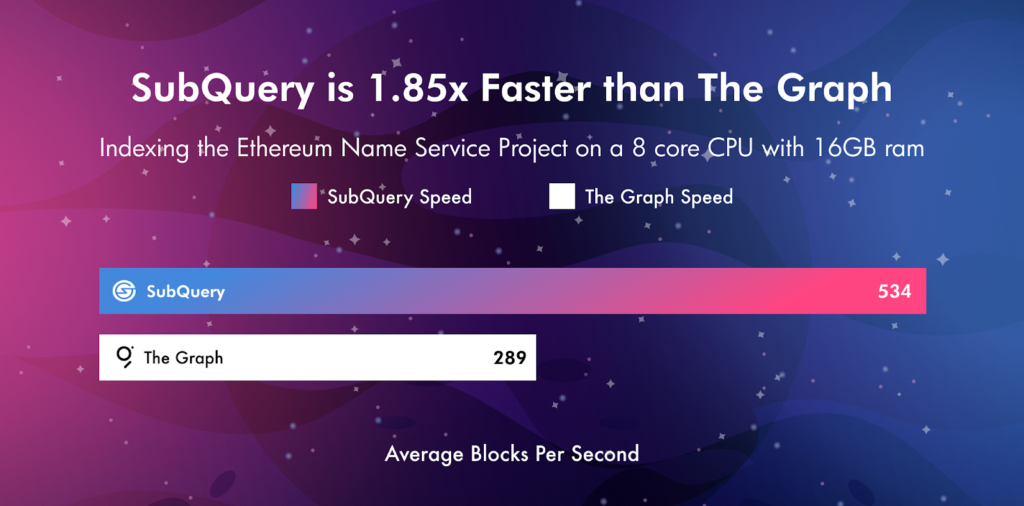
Fast, Flexible, and Universal Data Indexing Solution
SubQuery offers a decentralized data indexing solution that equips developers with the necessary tools to conveniently arrange and extract on-chain data for their protocols and applications. SubQuery provides a custom API and abstracts the backend for the ease of developers while building projects.
This enables developers to concentrate on product development and user experience rather than creating their own indexing solutions. The latest integration builds on SubQuery’s current Ethereum Virtual Machine (EVM) support for other networks such as Avalanche, Flare, Cosmos (Ethermint), and Polkadot (FrontierEVM).
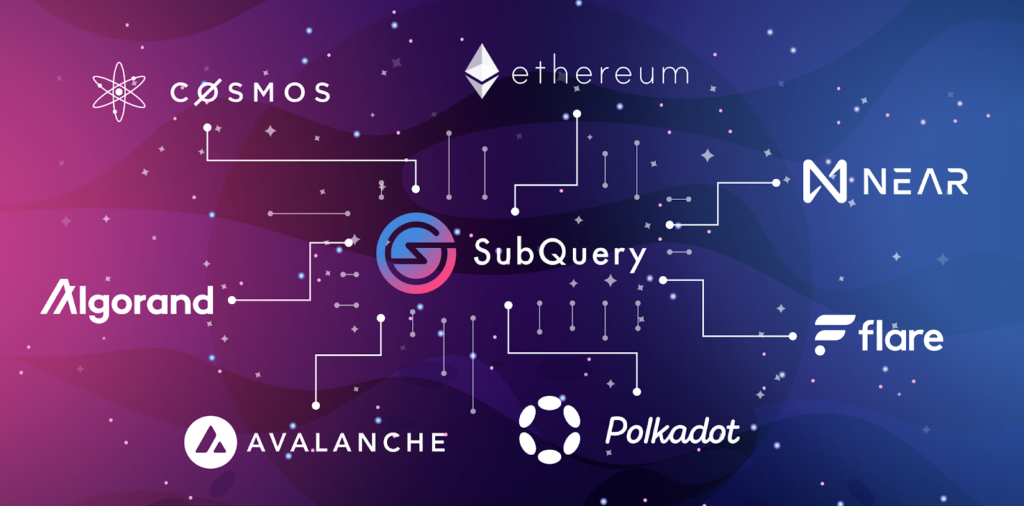
Sam Zou, the Founder and CEO of SubQuery, said: “Ethereum has been on our radar since day one. Our experienced engineering team has put a lot of hard work into this integration so that we can guarantee Ethereum developers will have a smooth and seamless experience indexing with SubQuery’s open-source SDK, tools, and documentation. We can’t wait to collaborate with teams building on Ethereum with the power of our fast, flexible, and universal indexer.”
Previously, developers within the Ethereum ecosystem had to depend on services like The Graph to fulfill their data indexing needs. Nevertheless, SubQuery, with its current beta support, has already demonstrated a 1.85x faster indexing speed than The Graph for popular projects, like the Ethereum Name Service. SubQuery achieves this by utilizing multi-threading and optimizing the store to decrease the expense of database writes. With reduced synchronization times, developers can speed up their iteration and accelerate their time-to-market for new features.
A New Standard for Web3 Data Indexing
SubQuery introduces substantial enhancements to the current decentralized indexing solutions, providing developers with significantly greater flexibility and improved controls to manage their own projects within their infrastructure. Additionally, SubQuery has the capability to support enterprise-level projects with its managed service, offering enterprise-level infrastructure hosting that processes hundreds of millions of requests daily.
Unlike The Graph, SubQuery’s service will not be terminated or discontinued. Since its inception in 2021, SubQuery has rapidly expanded to become the most popular data indexing solution in Polkadot. This expansion has been made possible by the company’s ability to respond to hundreds of millions of queries per day on behalf of industry-leading initiatives such as Moonbeam and Acala.
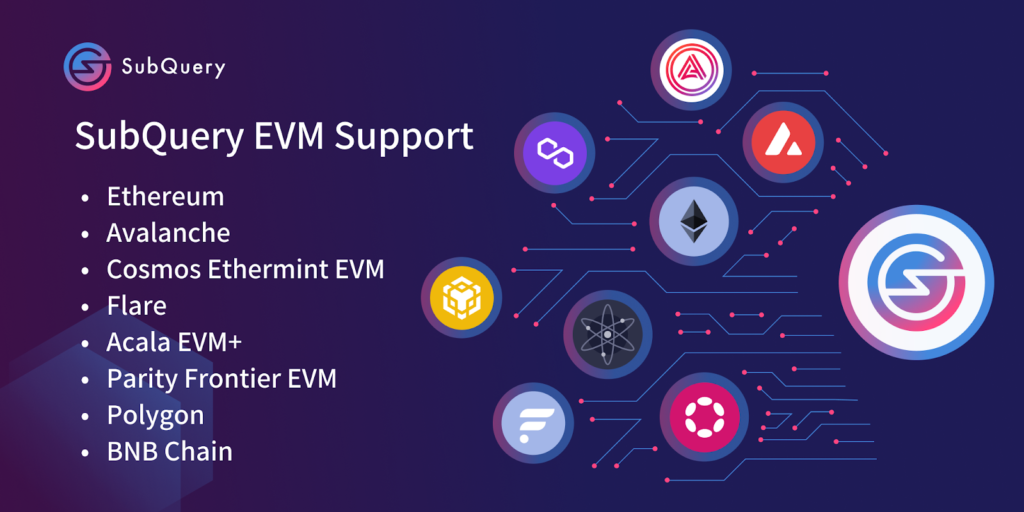
Polkadot’s success provided the impetus for SubQuery to integrate with other Layer-1 blockchains in order to develop a genuinely universal solution. In the future, this solution will also be extended to other EVM chains as well as Layer-2 scaling solutions such as Polygon, BNB, and Arbitrum.
The development of the SubQuery Network is presently being prioritized behind SubQuery’s efforts to decentralize and tokenize the protocol. The SubQuery Network will index and provide data services from projects to the global community in a manner that is both incentivized and verifiable.
Additionally, the SubQuery Network will support indexing Ethereum projects, as well as those from any other recognized Layer-1, from the very beginning. SubQuery is presently experimenting with a small number of beta projects to test its Ethereum integration. If you would like to participate in the Ethereum launch as a partner of SubQuery or migrate from The Graph, please contact [email protected].


